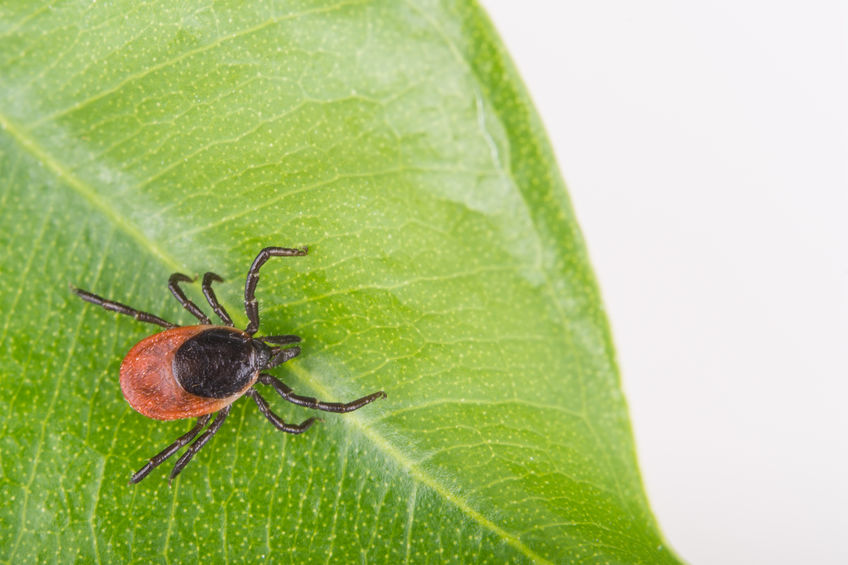Mosquitoes and ticks can be harmful as they are vectors for various diseases that can affect humans and animals. Here’s an overview of the potential harm associated with mosquitoes and ticks:
Mosquitoes
Disease Transmission: Mosquitoes are known vectors for several diseases, including malaria, dengue fever, Zika virus, West Nile virus, and chikungunya. These diseases can have serious health implications and, in some cases, lead to severe complications or death.
Allergic Reactions: Mosquito bites can cause allergic reactions in some individuals, resulting in symptoms such as redness, swelling, and itching. In severe cases, people may experience anaphylaxis, a potentially life threatening allergic reaction.
Discomfort: Mosquito bites can be irritating and cause discomfort due to itching and swelling. Scratching the bites can lead to secondary infections.
Disturbance of Outdoor Activities: Mosquitoes can disrupt outdoor activities, especially during their peak activity times at dawn and dusk, making it less enjoyable to spend time outdoors.
Ticks
Lyme Disease: Ticks, particularly the black-legged or deer tick, are known vectors for Lyme disease. This bacterial infection can cause symptoms such as fever, fatigue, joint pain, and, if left untreated, more severe complications affecting the heart and nervous system.
Other Tick-Borne Diseases: Ticks can transmit other diseases, such as anaplasmosis, babesiosis, ehrlichiosis, Rocky Mountain spotted fever, and tick-borne encephalitis, depending on the species and geographic location.
Allergic Reactions: Some individuals may develop allergic reactions to tick bites, leading to redness, swelling, and itching.
Transmission of Other Pathogens: Besides known diseases, ticks can transmit various pathogens, including bacteria and viruses, which can cause illness in humans and animals.
Both mosquitoes and ticks are more than just nuisances; they pose health risks. Prevention and control measures, such as using insect repellent, wearing protective clothing, conducting tick checks, and eliminating mosquito breeding sites, are crucial for reducing the risks associated with these vectors. If bitten or if symptoms of a tick-borne illness appear, seeking prompt medical attention is important for proper diagnosis and treatment.

Mosquito control involves implementing measures to reduce the mosquito population and minimize the risk of mosquito-borne diseases. Here are some effective mosquito control strategies that we will help you with:
Eliminate Standing Water: Mosquitoes lay their eggs in standing water. Regularly inspect and eliminate sources of stagnant water around your home, such as flowerpots, bird baths, clogged gutters, and containers.
Mosquito Larvicides: Use larvicides to treat standing water that cannot be drained. Larvicides are chemicals designed to kill mosquito larvae before they mature into adult mosquitoes.
Install Mosquito Dunks: Mosquito dunks are slow-release larvicides containing a bacteria (Bacillus thuringiensis israelensis or BT!) that specifically targets mosquito larvae. They can be placed in water sources like ponds, bird baths, and rain barrels.
Biological Control: Introduce natural predators of mosquitoes, such as mosquito-eating fish (e.g., Gambusia affinis), to bodies of water around your property.
Use Mosquito Traps: Install mosquito traps in areas where mosquito activity is high. These traps can capture and reduce the local mosquito population.
Outdoor Fogging: In some cases, outdoor fogging with insecticides may be used to control adult mosquitoes. This is typically done by professionals and may involve the use of truck-mounted fogging equipment.
Insecticide-Treated Bed Nets: In areas where mosquito-borne diseases are prevalent, the use of insecticide-treated bed nets can protect individuals from nighttime mosquito bites.
Screening and Sealing: Ensure that windows and doors are properly screened to prevent mosquitoes from entering homes. Repair or replace damaged screens.
Mosquito-Repellent Plants: Plant mosquito-repelling plants around your home, such as citronella, lavender, and marigolds.
While not a foolproof method, these plants may help deter mosquitoes to some extent.
Community Efforts: Collaborate with neighbors and community organizations to implement mosquito control measures
on a larger scale, Coordinated efforts can be more effective in reducing mosquito populations.

What is a deer tick?
Also known as the black-legged tick (Ixodes scapularis), involves examining its physical characteristics. Deer ticks are known for transmitting Lyme disease, among other tick borne illnesses. Here’s how you can identify a deer tick:
Size:
– Deer ticks are relatively small, especially in their nymph and adult stages.
– Adult female deer ticks are about 3 to S mm in length (unengorged), while males are slightly smaller.
– Nymphs are smaller, usually around 1 to 2 mm.
Color:
– Unengorged adult female and nymph deer ticks are typically reddish-brown to black.
– Engorged ticks, especially females, may appear darker and more swollen.
Body Shape:
– Deer ticks have a flattened, oval-shaped body.
– The body becomes more elongated and pear-shaped when engorged with blood.

Legs:
– Adult deer ticks have eight legs, like all arachnids.
– The legs are dark brown to black
Mouthparts:
– The mouthparts of deer ticks are visible when viewed from above.
– They have a distinct pair of mouthparts called chelicerae, which extend forward.
Scutum:
– The scutum is a hard, shield-like plate on the dorsal side of the tick’s body.
– In female deer ticks, the scutum is dark and covers only a portion of the back, leaving the rest of the body exposed.
– In males, the scutum covers most of the body.
Identification Guides:
– Utilize identification guides or online resources provided by reputable health and wildlife organizations. These often include detailed images and descriptions to help distinguish deer ticks from other species.
Habitat:
– Deer ticks are commonly found in wooded areas, grassy fields, and areas with tall vegetation.
– They may also be present in suburban and urban environments.
It’s important to note that proper identification may require a close examination, and if you’re uncertain, it’s advisable to seek help from professionals or use resources provided by health departments or entomology experts. Additionally, taking preventive measures such as wearing protective clothing and using tick repellents is crucial when spending time in tick-prone areas. If you find a tick attached to your skin, it’s important to remove it properly and promptly to reduce the risk of disease transmission.
